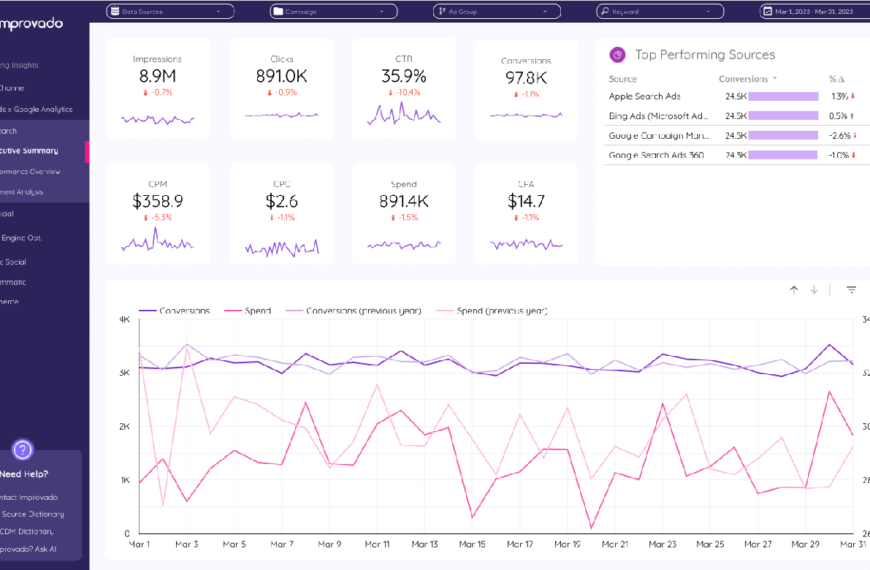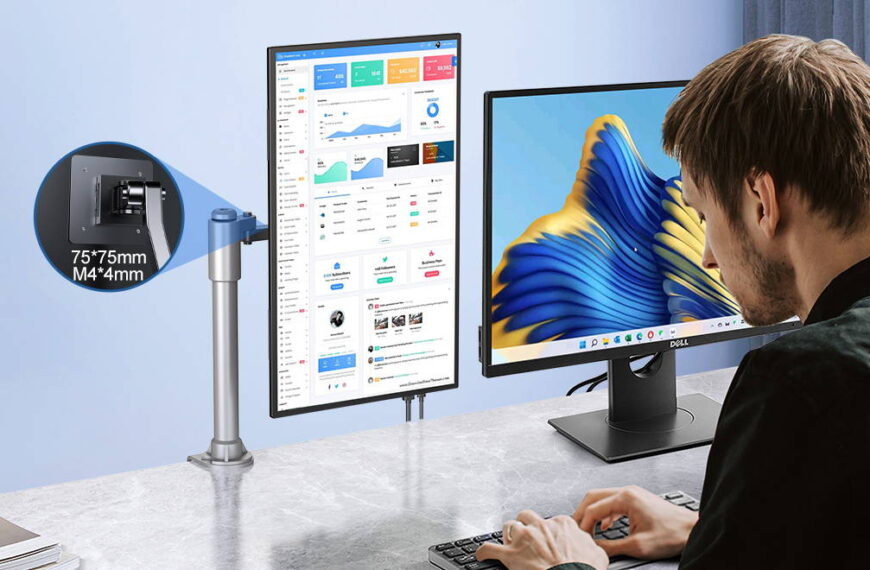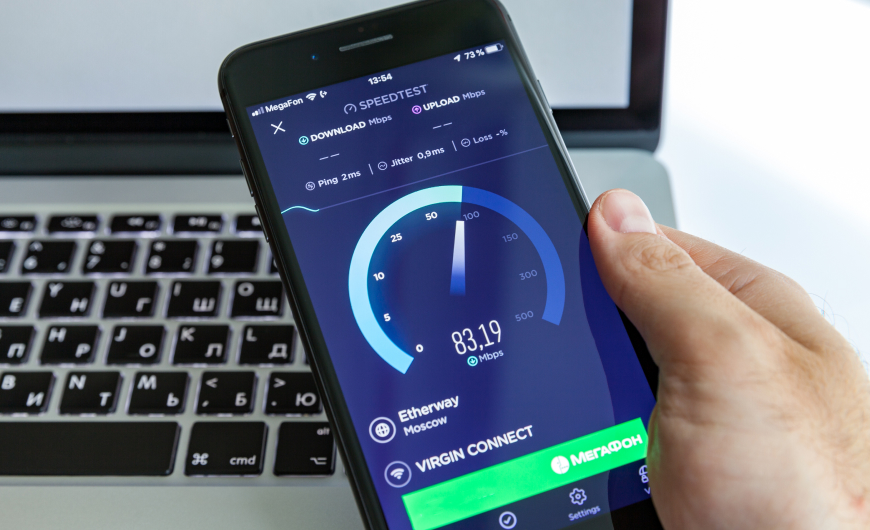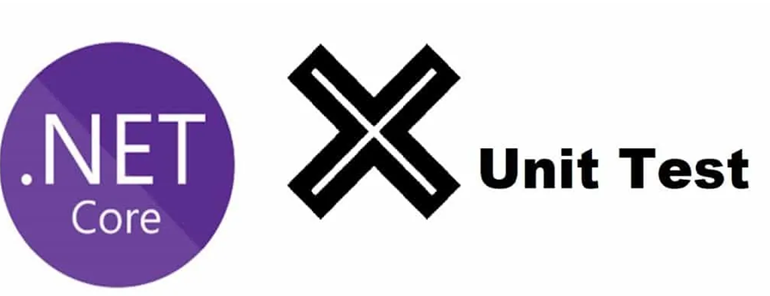Miami, known for its sunny beaches, vibrant nightlife, and diverse culture, is one of the most popular cities in the United States. However, when you live or work in Miami, understanding the zip code system is important for navigating both the city and the broader Miami-Dade County area. Miami zip codes can vary significantly depending on the neighborhood, and each zip code provides essential information about the area. Whether you’re planning to move, send mail, or explore specific regions of the city, understanding Miami’s zip code system is crucial.
What Is a Zip Code?
A zip code is a system of postal codes used by the United States Postal Service (USPS) to ensure accurate and efficient mail delivery. These five-digit codes serve as unique identifiers for different areas within a region, allowing the USPS to sort and deliver mail efficiently. In Miami, zip codes are essential for various purposes, including shipping, real estate, emergency services, and more.
Understanding the Miami Zip Code System
Miami zip codes can be divided into several distinct areas, each of which is assigned its own set of postal codes. Miami-Dade County, where Miami is located, covers a wide area, and the zip codes help to differentiate between urban, suburban, and rural regions. This division is important not only for mail delivery but also for businesses, government services, and residents.
Common Miami Zip Codes
The city of Miami features many zip codes that correspond to specific neighborhoods or regions. Some of the most common Miami zip codes include:
- 33125 – This zip code covers neighborhoods like Little Havana and parts of West Miami. It is known for its vibrant Cuban culture, bustling streets, and diverse community.
- 33130 – This zip code includes the Brickell area, Miami’s financial district, and is one of the city’s most up-and-coming neighborhoods with a mix of high-rise condos, restaurants, and office buildings.
- 33133 – Coconut Grove, one of Miami’s oldest neighborhoods, falls under this zip code. Known for its bohemian vibes, tree-lined streets, and lively arts scene, Coconut Grove attracts many residents looking for a balance between city living and nature.
- 33140 – This zip code includes the South Beach area, which is part of the larger Miami Beach region. Known for its iconic Art Deco architecture and famous nightlife scene, South Beach is a favorite destination for tourists and locals alike.
- 33156 – The zip code for areas like Pinecrest and Coral Gables. These neighborhoods are known for their luxurious homes, excellent schools, and family-friendly atmosphere.
By understanding these zip codes, you can more easily navigate the city’s diverse communities, whether you’re looking for a specific neighborhood, trying to visit a business, or planning a move.
Miami Zip Code and Its Role in Real Estate
When it comes to real estate in Miami, zip codes play an essential role in pricing trends and neighborhood identity. Areas with higher demand, such as South Beach or Coral Gables, often have higher home prices compared to more suburban areas. If you are moving to Miami or considering investing in Miami real estate, understanding the different zip codes can help you make a more informed decision.
The Importance of Miami Zip Code for Shipping
Shipping and logistics companies heavily rely on Miami zip codes for the accurate and timely delivery of packages. In a bustling city like Miami, where business and tourism contribute significantly to the economy, postal codes are essential for ensuring that goods and services reach the right destinations.
If you’re sending a package to Miami, be sure to use the correct Miami zip code for the recipient’s address to avoid delays or confusion. Different areas of Miami, such as Downtown, Little Havana, and Wynwood, each have unique zip codes that help the USPS ensure that mail reaches its correct destination.
Miami Zip Code and Its Impact on Taxes and Services
Your Miami zip code can also influence the kind of services and taxes you encounter. For example, some neighborhoods may have local taxes or fees specific to their area, which can vary based on the zip code. Local government services, like emergency services, police, and fire departments, may also be organized based on zip codes, ensuring that each region receives the appropriate attention.
How Miami Zip Codes Affect Schools
Another important aspect of Miami zip codes is their influence on school districts. Many Miami residents choose their homes based on the proximity to certain schools, especially in areas like Coral Gables, where there are excellent public and private institutions. Families moving to Miami may want to consider not only the neighborhood but also the zip code in which the school is located to ensure their children receive the education they need.
The Role of Miami Zip Codes in Local Business Growth
Miami is a hub of economic activity, with a wide range of businesses operating in various sectors like tourism, finance, technology, and real estate. Miami’s zip codes reflect this growth and offer insights into local business trends. For example, businesses located in areas with higher traffic, like Downtown Miami or Brickell, often thrive due to the influx of tourists and locals. Understanding the economic landscape in relation to Miami zip codes can help businesses find optimal locations for their operations.
Miami Zip Codes and Tourism
Miami’s vibrant tourism industry plays a large role in its economy. The Miami zip code system helps guide tourists to the right locations for their visit, such as the 33139 zip code, which encompasses much of Miami Beach, including popular tourist areas like Ocean Drive and Lincoln Road. Whether you’re visiting South Beach, the Miami Seaquarium, or Little Havana, understanding which zip code you’re in can be essential for navigating the city effectively.
Miami Zip Code Demographics
The demographics of each Miami zip code can vary significantly. Some neighborhoods are known for their upscale, residential communities, while others have a more urban, working-class population. This diversity is one of Miami’s defining characteristics. For example, the 33137 zip code covers areas like Wynwood, which has become a trendy destination known for its art galleries and street art, attracting younger, more creative professionals. On the other hand, neighborhoods like 33156, including areas like Pinecrest and Palmetto Bay, cater to families seeking larger homes and excellent schools.
Miami Zip Code for Business: Business Growth and Opportunities
Miami is a city that thrives on economic development, and Miami zip codes often play a crucial role in determining the success of businesses. Companies looking to establish themselves in Miami will likely choose areas with high visibility and proximity to essential services. This can vary greatly depending on the specific zip code. For instance, businesses in the 33131 zip code, located in Brickell, are likely to be positioned in the heart of Miami’s financial district, attracting customers from all over the world.
Conclusion: Why Miami Zip Codes Matter
In summary, Miami zip codes are not just a tool for mail delivery; they play a significant role in real estate, business, education, and many other aspects of life in Miami. Whether you’re moving to the city, starting a business, or simply navigating your way around, understanding the city’s zip codes can provide you with essential knowledge about the areas you’re in. Miami’s zip codes reflect the city’s diversity, and knowing them can help you navigate the city’s neighborhoods, schools, and businesses with ease. Understanding Miami zip codes is essential for residents and businesses alike, making it a fundamental part of life in the Magic City.


















